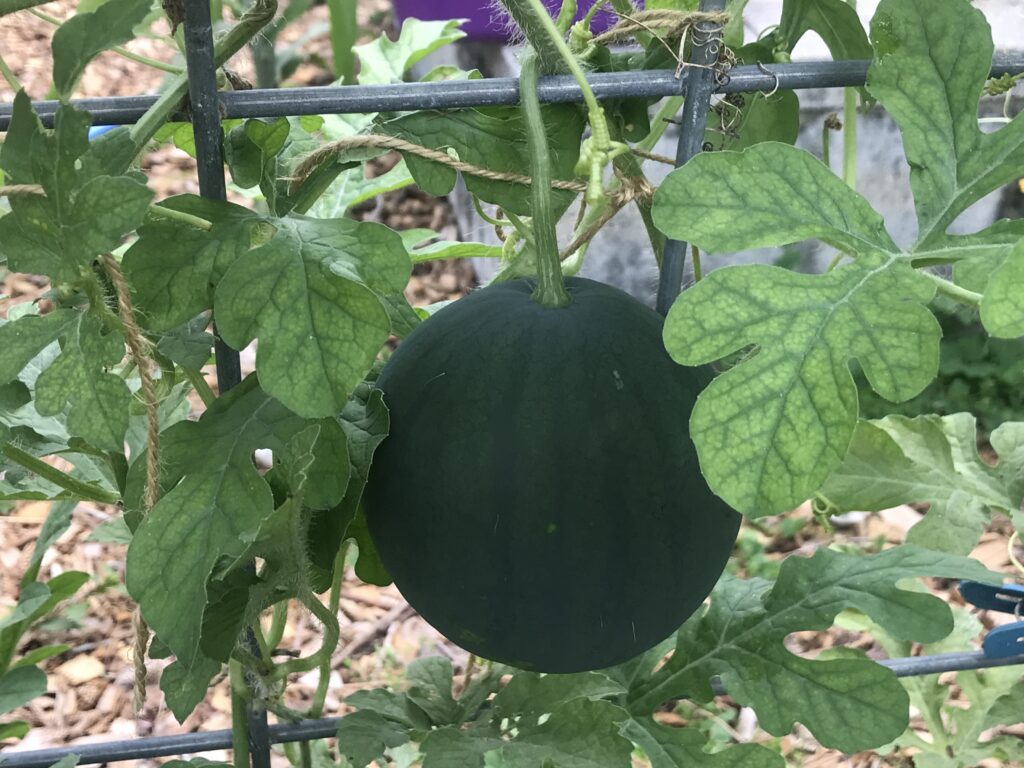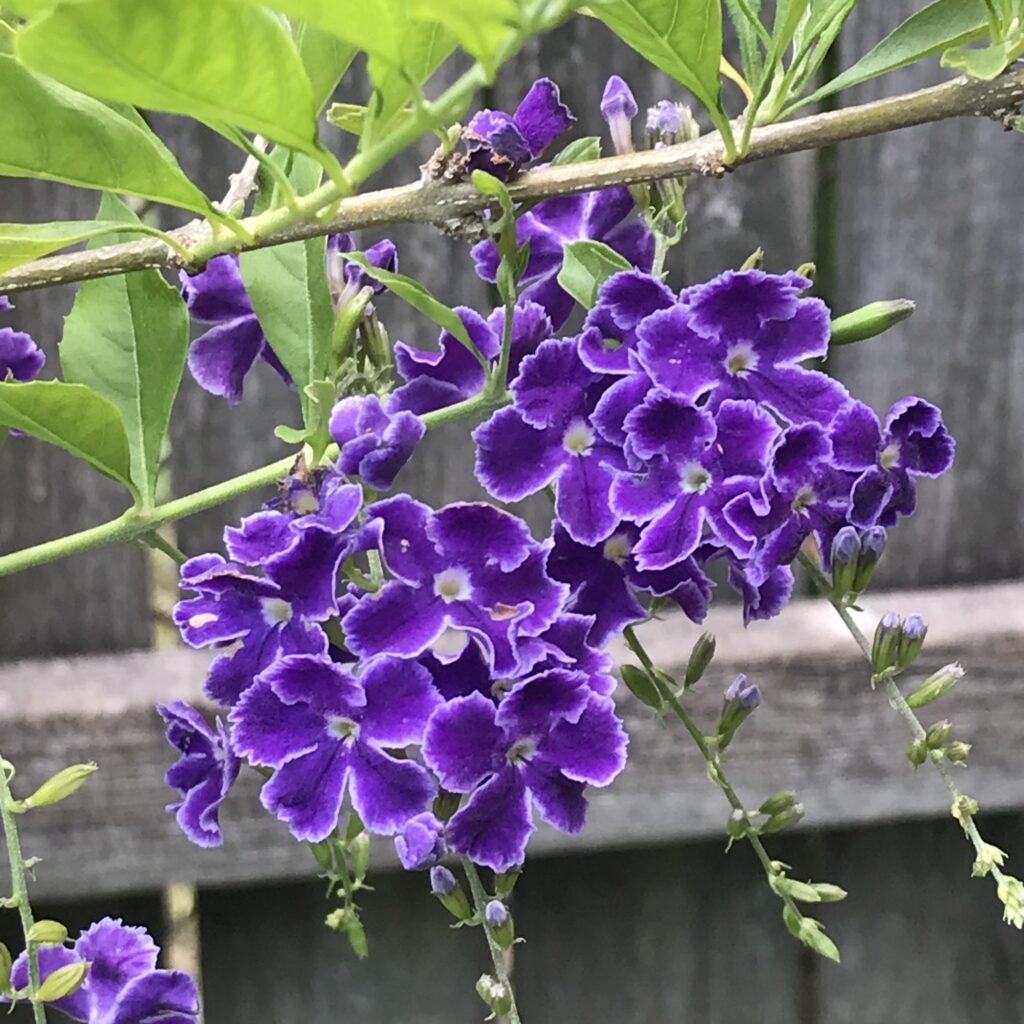It’s been a cold winter and a dry spring, but now it’s June and the summer garden in Central Florida is … well … hot, wet, full of bugs, and still struggling.
But that’s okay. Zone 10 and Zone 9 Florida gardening is usually filled with challenges. Who else still has debris from Hurricane Ian or Hurricane Nicole? I know I do!
The rains have finally started, although it may be too little, too late. We need the rain badly, and for anyone growing perennials or trying to establish a food forest, the rains are always welcome.
Vegetable Gardening – What Can I Plant in June in Florida?
What are you planting in June this year in Florida? Are you ready for the challenge? There are a few vegetable varieties, specifically tropical edibles, that love our summer heat and humidity.
Very few of the traditional vegetables will make it if planted between now and August. It really isn’t the heat – it’s the humidity. In fact, the temperature often settles to a relatively comfortable level in the summer, thanks to the overcast skies and the regular rains.
But anything with any susceptibility to fungal disease won’t make it.
So long, tomatoes!
It’s been fun, cukes!
Sayonara, squash!
A few vegetables you can plant in June in all Florida gardening zones include:
- boniato slips
- calabaza squash
- cassava
- chaya
- chayote
- ginger
- katuk
- longevity spinach
- Malabar spinach
- molokhia
- okra
- Okinawa spinach
- Pigeon peas
- Seminole pumpkins
- Southern peas (Crowder, Cowpeas, Black-eyed peas)
- sweet potato slips
- taro
- tindora
A few herbs and spices to plant out are:
- basil
- cumin
- galanga
- ginger
- oregano
- papalo
- rosemary
- tindora
Note that basil, oregano, and rosemary love the heat but hate the humidity. If you can keep them under some cover to keep them from drowning, they will love you for it.
What I’m planting in June 2023

Vegetable gardening is taking a bit of a backseat in my backyard this year. I still have peppers and watermelons that I’m hoping to keep harvesting for a while.
The yard-long beans are producing faster than I can prep them for storage.
But the big project this summer is nursery expansion.
We’ll be adding more covered space with a new greenhouse (or two) to increase the growing area. And the gardening focus is on building inventory.
I’ll be air-layering star jasmine and propagating cuttings of plumbago, fire bush, bougainvillea, and golden dew drop.
And of course more mulberry trees.
Summer is also a good time to start perennial flowers from seed. I’m hoping to have more salvias and blue butterfly pea vine plants to ship soon.
I’ll also be stocking up the inventory for more annual seeds for the shop.
Fruit Trees Love the Summer Garden in Central Florida
My family loves bananas, and it’s a good thing, because we have dozens of banana “trees,” with at least 10 in flower or fruiting.
The rainy season is a good time to get your own banana circle started. Bananas need a lot of moisture, especially to get established.
I’m hoping to start carrying banana plants in the nursery next spring, but for now, I’ll just enjoy being a home grower.
Flower Gardening — What can I plant in June in Florida?

If you’re uninspired by the small range of edibles to grow in the summer garden in Central Florida, you’ll be happy to know that adding flowers for pollinators is always in season.
You’ll find a wide range of heat-tolerant and even heat-loving flowers that attract bees and butterflies to your yard. Getting a good pollinator garden established now will come in handy in September and October when your cucumbers need pollinating.
Some great varieties for Florida gardening zone 9 and 10 are:
- Asters
- Bulbine
- Celosia
- Coleus
- Coreopsis
- Gazania
- Gomphrena
- Nasturtiums
- Pentas
- Portulaca
- Salvias
- Tithonia
- Vinca
- Zinnias
Florida Summer Garden Tip
If you’ve ever wept over pounds of scabby-looking tomatoes, pocked with yellow spots, and covered by horrible little orange insects, then you know the pain of dealing with leaf-footed bugs (squash bugs) is real.
I tried this.
It works.
You really need to soak the little buggers down, but it works.
Go forth and claim back your garden from the leaf-footed menace.
And happy gardening!